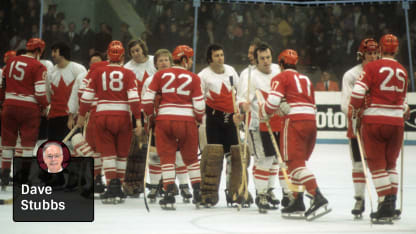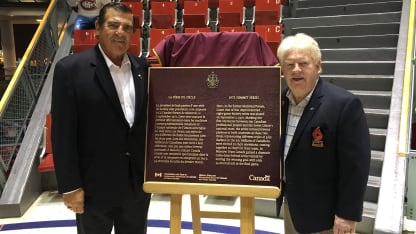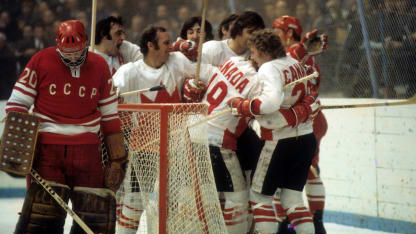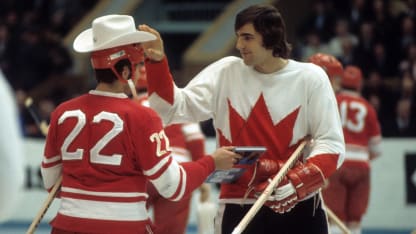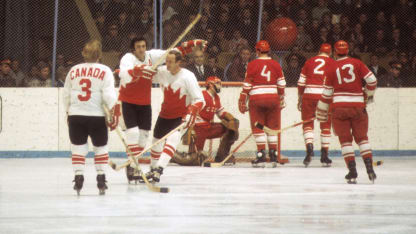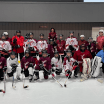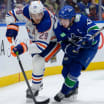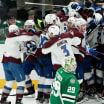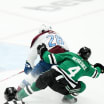With Stapleton and fellow Canada defenseman Serge Savard taking part, the Government of Canada's Historic Sites and Monuments Board unveiled a plaque that will be displayed in the Forum, site of that remarkable and nightmarish (to Canadians) Game 1.
"The game we want to forget," Savard joked. "The game we don't want to talk about."
Stapleton, Savard and a handful of other Canada alumni are embarking on a four-stop multimedia auditorium tour of Montreal, Winnipeg, Vancouver and Toronto, beginning here Friday and wrapping up Sept. 10 in Toronto. Through images, film clips, highlights, lowlights, interviews and question-and-answer sessions, those attending will relive a large part of a series that for 27 days in September 1972 stood Canada, and the hockey world, on its ear.
Through the years, there have been World Championship, Olympic Games, Canada Cup and World Cup tournaments and various tours and one-off games between Soviet/Russian and NHL teams. But no series has had the importance of the Summit Series, and no other has pitted political ideologies against each other or reshaped the very way hockey is played.
Canada won the series with four victories, three losses and a tie. Paul Henderson scored the winning goals in Games 6, 7 and 8 in Moscow, becoming a national icon created with the most unthinkable of hat tricks.
